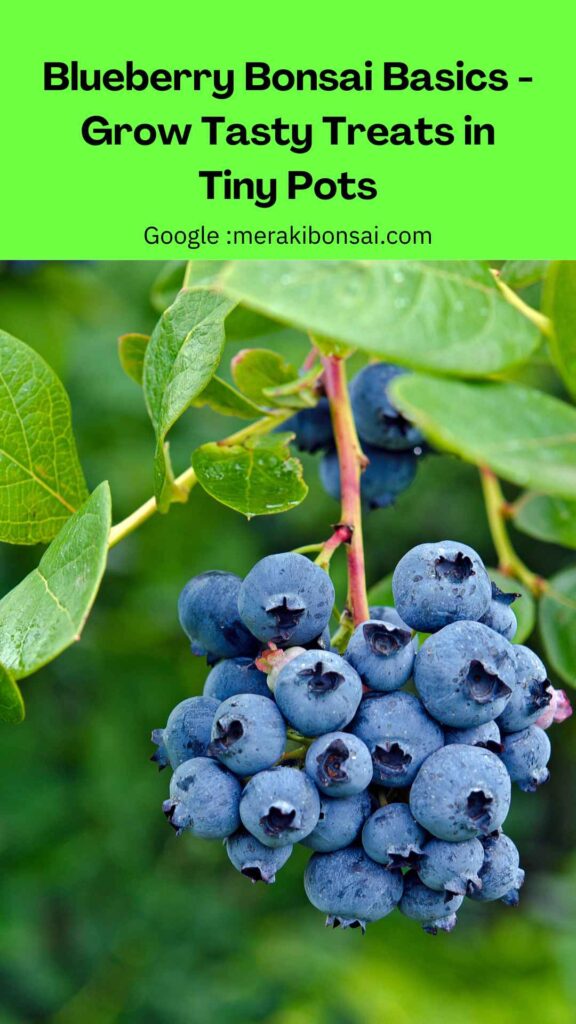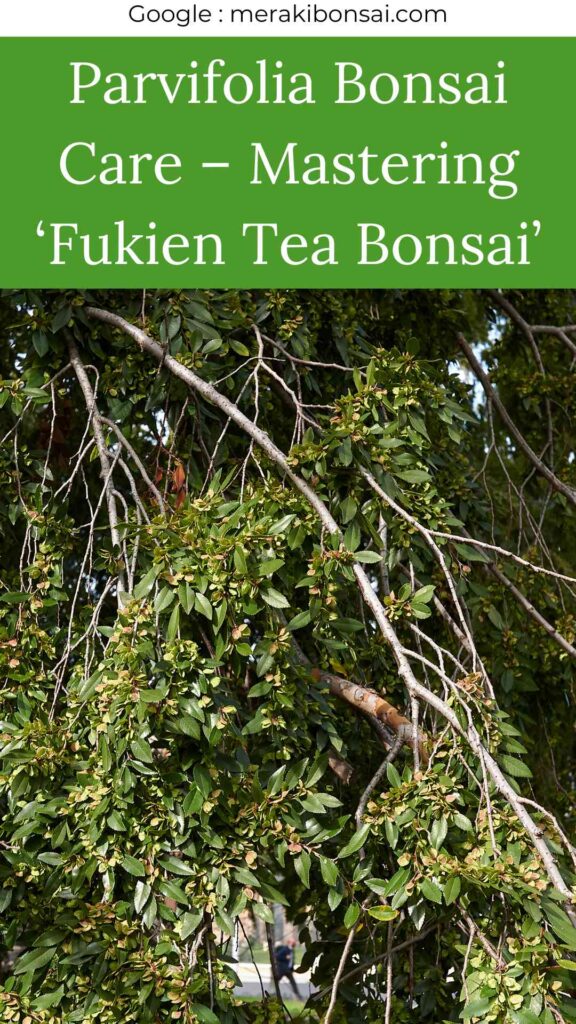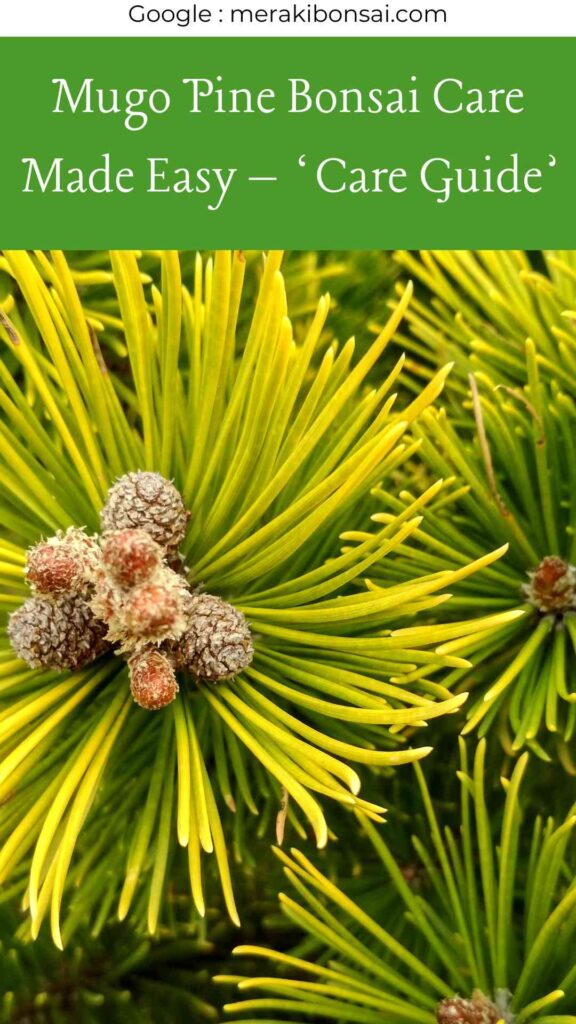
Hey there, bonsai buddies! It’s Raima here, your friendly neighborhood bonsai enthusiast. I’ve been nurturing these miniature marvels for over a decade now, and let me tell you, there’s nothing quite like the joy of seeing your tiny tree produce delicious fruits. Today, we’re diving into the world of blueberry bonsai – yes, you read that right! We’re going to learn how to grow these delectable berries in the cutest little pots you’ve ever seen.
Why Blueberry Bonsai?
Now, you might be thinking, “Raima, why on earth would I want to grow blueberries as bonsai?” Well, my friend, let me count the ways! First off, blueberries are super healthy. They’re packed with antioxidants, vitamins, and fiber. Growing your own means you get the freshest, tastiest berries right at your fingertips.
Secondly, blueberry bonsai are just plain adorable. Imagine a tiny tree, no taller than a coffee mug, dotted with plump, blue-purple berries. It’s like a fairy tale in a pot! Plus, these little trees are perfect for those of us with limited space. You can grow them on a sunny windowsill, a balcony, or even in a small backyard.
Lastly, blueberry bonsai offer a unique challenge. Most people think bonsai are just for looks, but with blueberries, you get both beauty and bounty. It’s a fun way to stretch your bonsai skills and impress your friends with your green thumb and gourmet gifts!
Getting Started: Choosing Your Blueberry Plant
Alright, let’s roll up our sleeves and get started. The first step is picking the right blueberry plant. Not all blueberries make good bonsai, so we need to be a bit picky.
Look for dwarf or semi-dwarf varieties. These naturally stay small, making our job easier. Some great choices are ‘Top Hat’, ‘Northsky’, or ‘Sunshine Blue’. You can find these at local nurseries or order online.
When you’re shopping, look for a plant with a sturdy stem and some low branches. We’ll use these to shape our bonsai later. Also, make sure it’s healthy – no yellowing leaves or droopy stems!
Preparing Your Bonsai Pot
Now that we’ve got our blueberry, it’s time to give it a home. Bonsai pots are shallow and have drainage holes to keep roots healthy. For beginners, I recommend a ceramic pot. They’re sturdy, look great, and help keep soil moist.
I absolutely love this Ceramic Bonsai Planter Pot. It’s the perfect size for blueberries, has excellent drainage, and comes in cute colors. Plus, it’s affordable, so you can get a few and create a berry patch!
If you want more options, check out this Bonsai Pot. It’s a bit pricier but worth it for the quality. It’s made of sturdy clay that’ll last for years, and the earthy tones really make your blueberries pop.
Planting Your Blueberry Bonsai
Blueberries are picky about soil. They love it acidic – think coffee grounds acidic. Most potting mixes are too neutral, so we need to get creative.
Mix equal parts peat moss, pine bark, and perlite. The peat and pine bark provide acidity, while perlite ensures good drainage. If you’re not into DIY, you can also buy pre-mixed acidic soil for blueberries.
Now, let’s plant! Gently remove your blueberry from its nursery pot. Trim any super long or tangled roots – we want a nice, compact root ball. Place a layer of your acidic mix in the bonsai pot, then set in your blueberry. Fill around it with more soil, and give it a good water.
Caring for Your Blueberry Bonsai
Congratulations! You’ve got your blueberry bonsai all potted up. But our job isn’t done yet. Like any living thing, your bonsai needs TLC to thrive.
Water: Blueberries like consistent moisture, but not soggy feet. Water when the top inch of soil feels dry. This adorable Watering Can is perfect for bonsai. The long spout lets you target the soil without disturbing leaves.
To avoid over or under-watering, I use this handy Soil Moisture Meter. Just stick it in the soil, and it tells you when to water. It’s a total game-changer!
Light: Blueberries love sun! Give your bonsai at least 6 hours of direct sunlight daily. A south-facing window is ideal. If you’re growing indoors and light is limited, try these Bonsai Indoor Lights. They mimic sunlight and help your berries ripen.
Fertilizer: To get juicy berries, your bonsai needs food. Use an acidic, organic fertilizer once a month during the growing season. I swear by this Fertilizer. It’s specially formulated for acid-loving plants like blueberries.
Pruning and Shaping
Now for the fun part – making your blueberry look like a bonsai! This is where patience and creativity come in.
Start by removing any dead, diseased, or crossing branches. This Bonsai Pruning Tools set has everything you need. For detailed work, like shaping tiny twigs, these Bonsai Pruning Scissors are my go-to.
As your blueberry grows, gently wire branches to create that classic bonsai look. Use Anodized Aluminum Wire for young, flexible branches. For thicker ones, try Annealed Copper Wire. Always wrap carefully to avoid damaging the bark.
Remember, we’re not just going for looks here. We want fruit too! So don’t prune too aggressively. Leave some new growth each year, as that’s where your berries will form.
Pest Control
Even tiny trees can have big pest problems. Common issues are aphids, mites, and fungal diseases. But don’t panic! We can handle this naturally.
First line of defense? Regularly inspect your bonsai. Catch problems early, and they’re easier to fix. If you spot pests, try this Organic Insecticide. It’s tough on bugs but gentle on your blueberries and beneficial insects.
For fungal issues, improve air circulation. Prune out any affected parts and avoid wetting the leaves when you water. A small fan can also help.
Harvesting Your Blueberries
After all your hard work, it’s berry time! Blueberries are ready when they turn fully blue and detach easily. Don’t rush – they won’t ripen more once picked.
Harvest in the morning when berries are cool and firm. Gently roll each berry between your fingers. If it’s ripe, it’ll come off with just a light tug.
And there you have it – homegrown, bonsai blueberries! They’re perfect fresh, in smoothies, or baked into muffins. Trust me, once you taste these, supermarket berries will never compare.
A Labor of Love
Growing blueberry bonsai is a journey. Some days, you’ll wonder if you’re doing it right. Other days, you’ll dance with joy over a single ripe berry. That’s the beauty of it. Each tiny fruit is a testament to your care and patience.
If you’ve enjoyed this guide and found it helpful, consider supporting my work. Your donations keep this website running and motivate me to share more bonsai wisdom. You can buy me a coffee here. Every little bit helps, just like every drop of water helps your bonsai grow.
FAQs About Blueberry Bonsai
- How long does it take for a blueberry bonsai to produce fruit?
It depends on the age of your plant. Most blueberries start fruiting in their second or third year. With bonsai, it might take a bit longer as we’re controlling growth. Be patient – good things come in small packages! - Can I grow blueberry bonsai indoors year-round?
Yes, you can! Just ensure it gets enough light (natural or artificial) and experiences a cool period in winter. This mimics natural conditions and helps with fruit production. - How often should I repot my blueberry bonsai?
Repot every 2-3 years in late winter, just before new growth starts. This refreshes the soil and gives roots room to grow. Always use an acidic bonsai mix. - Do I need two blueberry plants for pollination?
Most modern blueberry varieties are self-fertile, so one plant can produce fruit. However, having two different varieties can increase yield and berry size. - Can I grow blueberry bonsai from seed?
Yes, but it’s a long process. Seeds take 2-3 months to germinate and several years to fruit. For beginners, starting with a young plant is easier. - How do I winterize my blueberry bonsai?
Blueberries need a period of cold dormancy. If you’re in a warm area, place your bonsai in an unheated garage or shed when temperatures drop below 40°F. In spring, gradually reintroduce it to warmth and light. - Why are my blueberry leaves turning yellow?
This often indicates an iron deficiency due to soil that’s not acidic enough. Check your soil pH (it should be 4.5-5.5) and add sulfur or peat moss if needed. - Can I use tap water for my blueberry bonsai?
It depends on your water quality. If it’s high in minerals (hard water), it can alter soil pH. Rainwater or distilled water is best. If you must use tap water, let it sit out overnight to dissipate chlorine. - How much fruit can I expect from a blueberry bonsai?
Don’t expect bushels! A well-cared-for bonsai might produce a handful of berries – enough for a few tasty snacks. Remember, with bonsai, it’s quality over quantity. - Can I propagate my blueberry bonsai?
Yes! Take 4-5 inch cuttings from new growth in late spring. Remove lower leaves, dip in rooting hormone, and plant in moist, acidic mix. Keep humid until roots form in 4-6 weeks.
There you have it, folks! Everything you need to start your blueberry bonsai adventure. Remember, every master was once a beginner.
So don’t worry if your first bonsai isn’t perfect. Mine sure wasn’t! Just keep learning, keep growing, and before you know it, you’ll be plucking sweet berries from your very own tiny tree.


